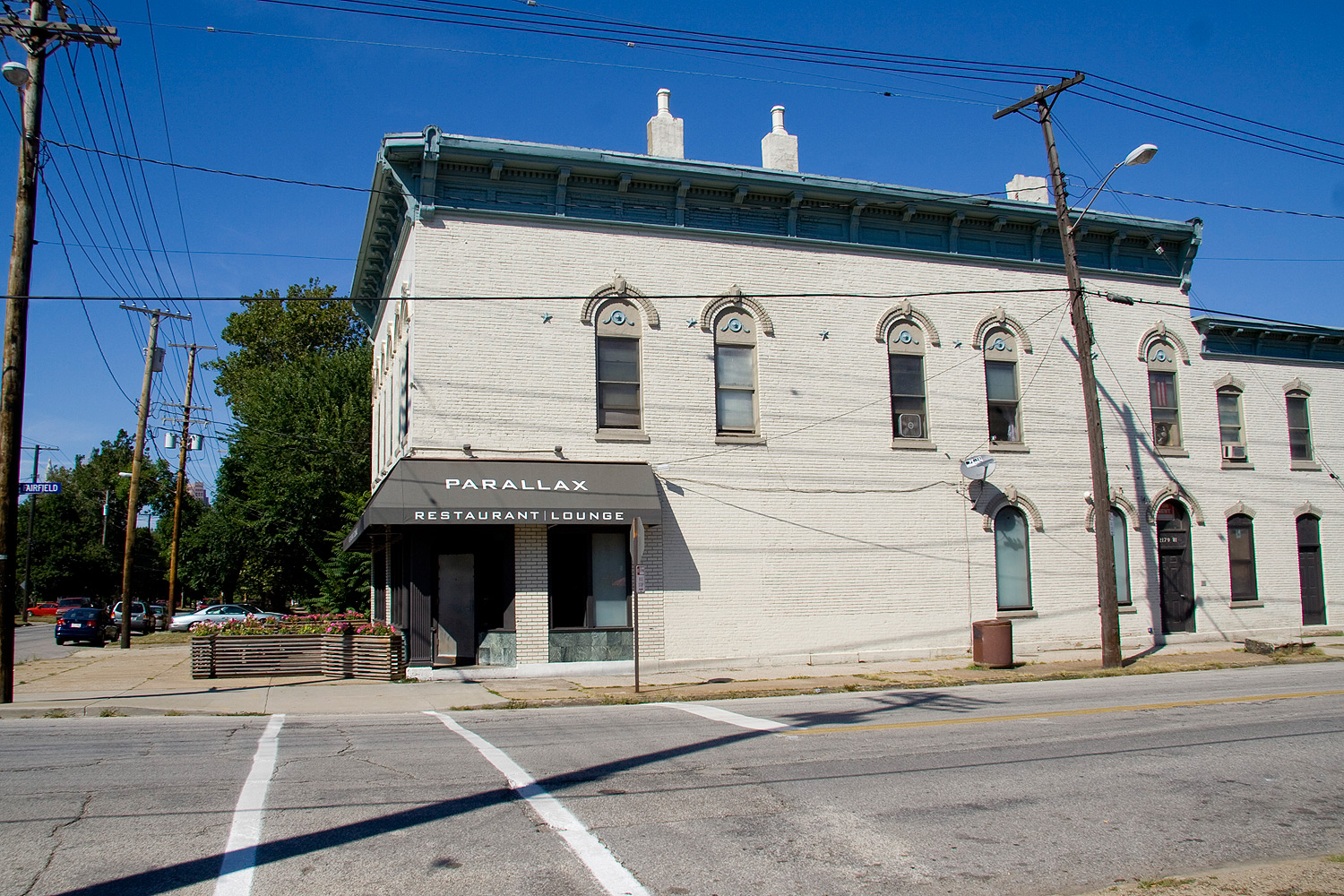Not long ago, the New York Times's wonderful Kevin Roose went on an excellent adventure on a luxury bus full of Silicon Valley venture capitalists, along with Rust Belt cultural attaché J.D. Vance, to tour the potential of Forgotten America. Wonders did they find:
By the end of the tour, the coastal elites had caught the heartland bug. Several used Zillow, the real estate app, to gawk at the availability of cheap homes in cities like Detroit and South Bend and fantasize about relocating there. They marveled at how even old-line manufacturing cities now offer a convincing simulacrum of coastal life, complete with artisanal soap stores and farm-to-table restaurants.
I, in turn, marveled back at this. I've spent almost 17 years in one of the trend-setting food capitals of the world, but 1) I'm not from one 2) I go places that aren't at least once or twice a year to visit the people I know who don't live in them. Going to places out in the great beyond typically requires eating food and drinking coffee, and it doesn't usually present a problem.
Case in point: last month I was in my ancestral home of Lynchburg, Virginia. (Not the whiskey place—that's Lynchburg, Tennessee—but the Jerry Falwell place.) I needed lunch, so I went downtown and found a diner in a restored building (check) with exposed wooden beams (check) and a selection of regional beers (check). I got a bahn mi sandwich with a side of grits sourced from a two-century-old water-driven mill in North Carolina. The main difference between it and a diner I'd find on the coasts is that they served sweet tea like civilized folk instead of handing me an iced tea and a sad little baggie of sugar.
Turns out Detroit (metro population: over four million) and South Bend (next to a quaint private school whose football games are sometimes on the TV) can spawn such places too. O brave new world.
But it might be that the titans of Silicon Valley are simply unaware of the modern age. Using some of their tools I decided to investigate.
The James Beard Awards are the highest-regarded in the culinary industry, and they hand out a passel of them every year, with even more nominees. Among the categories are the best chefs in different regions of the country, and each one, consisting of a few states, gets about 20 nominations per year. It's hardly definitive, but it strikes a balance between selectivity, care, and a decent-sized data set for the past five years.
Stripping out repeat nominations—Big Jones's Paul Fehribach, for example, has been nominated five straight years—gave me 49 restaurants in the West region (CA, NV, HI) and 46 in the Great Lakes region (IL, IN, MI, OH).
And a pattern emerges. Here are all the restaurants with a regional-Beard-nominated chef in the Great Lakes region, mapped to zip code. (Note: not all are still open).
A decent distribution. Chicago dominates: 20 out of 46, 21 if you include Evanston. But Indianapolis has six, Cleveland has four, and the Detroit metro has four. Others pop up in medium-sized cities like Bloomington and Fort Wayne.
Things are a bit more concentrated in the West region.
Two in Las Vegas, two in Honolulu, one in Reno, two in greater San Diego, one in the beach town of Carmel-by-the-Sea (just south of the Bay Area), and handful in wine country (just north of the Bay Area). And nothing else in the whole state of California. No wonder it seems like there be dragons outside SV.
Meanwhile, Zagat does a most-exciting-food-cities roundup. In 2017, the Great Lakes region had three (Detroit, Indianapolis, Chicago), and California had three (San Diego, SF, LA). In 2016, the same six cities repeated. Eater's Essential Restaurants of 2017 hits LA, SF, and Chicago, but also Dearborn, Michigan and Indianapolis. 2016, ditto.
So, yeah: there's a whole world of restaurants out there. Maybe not in the rest of California—kidding, Sacramento—but certainly in the Midwest. For artisanal soap, you're on your own.



